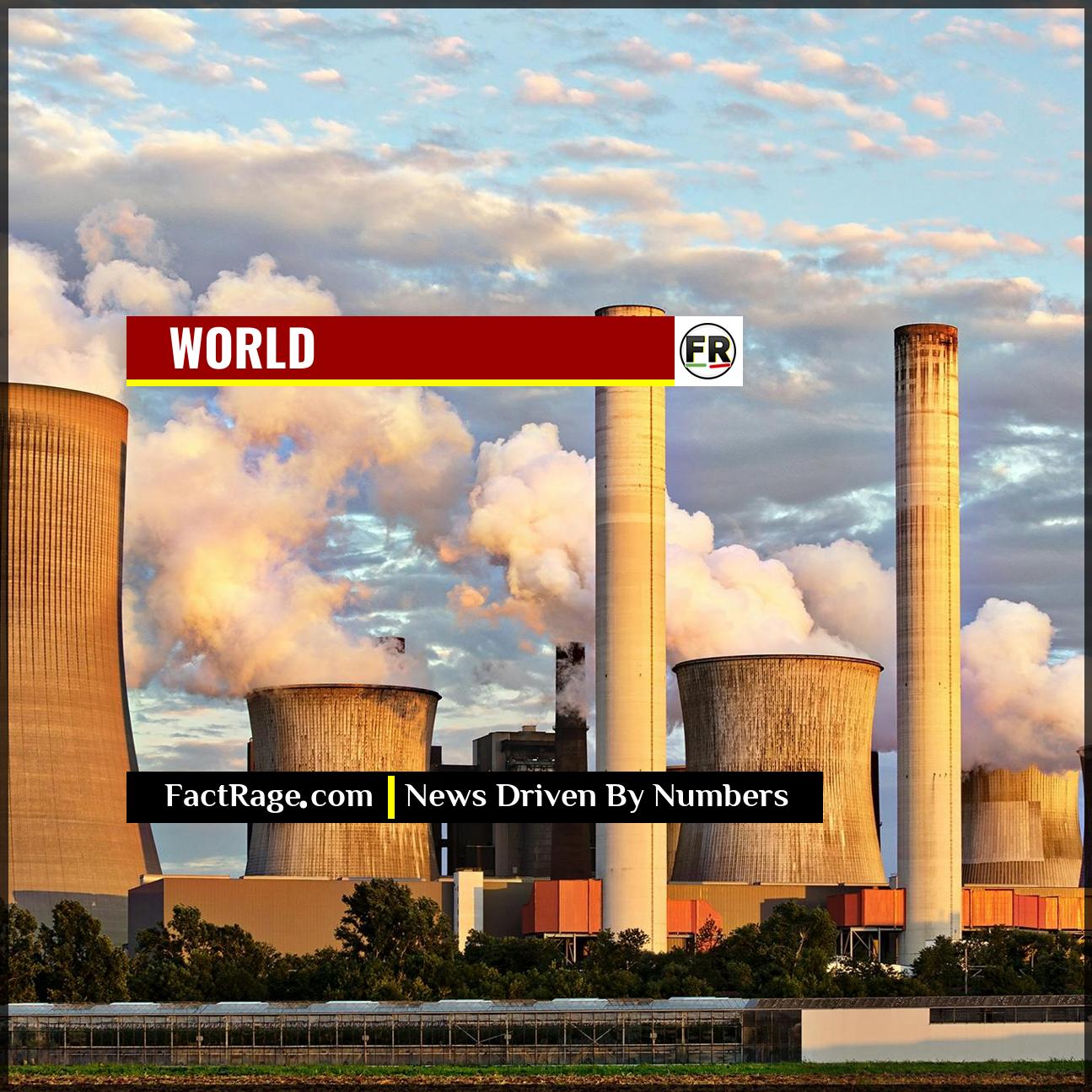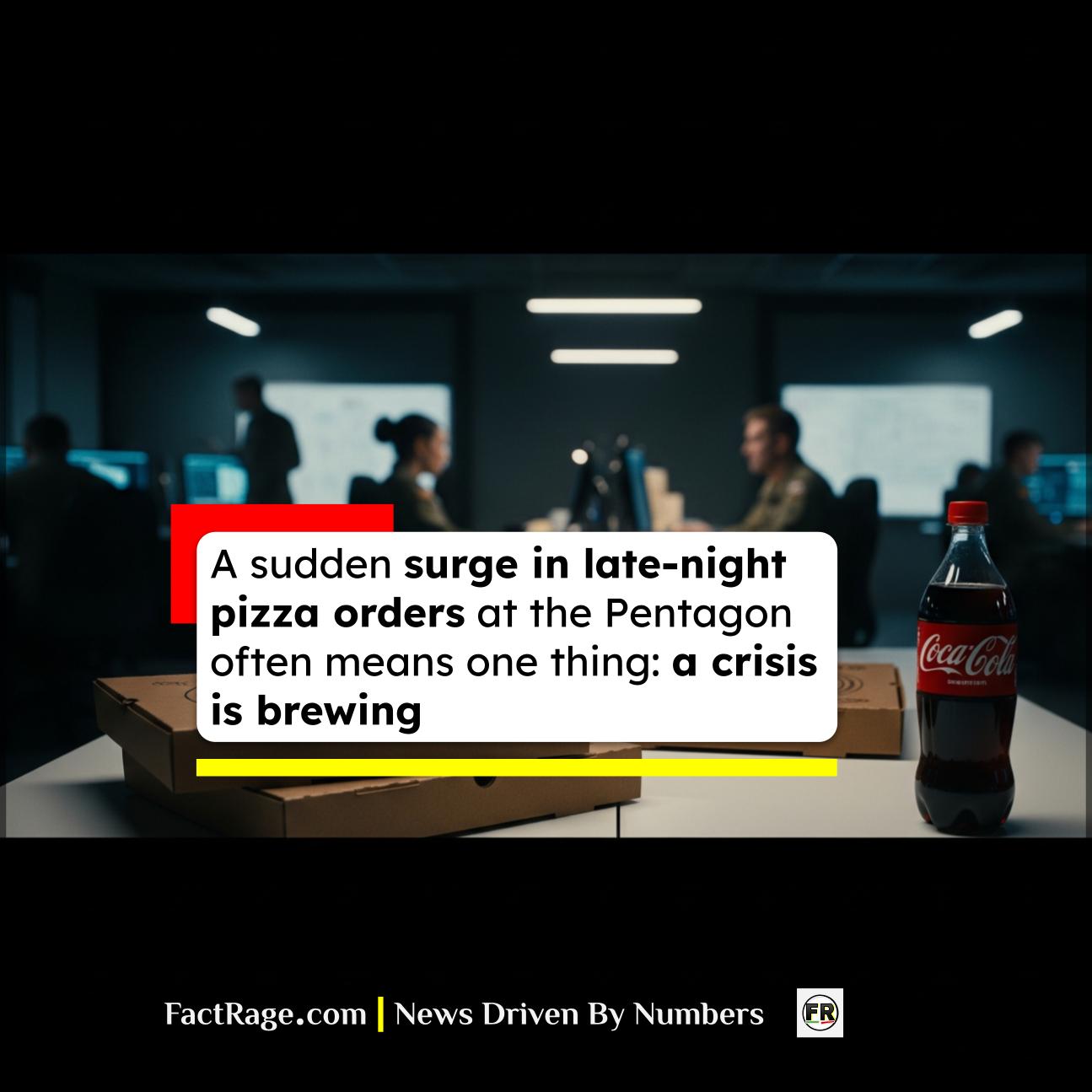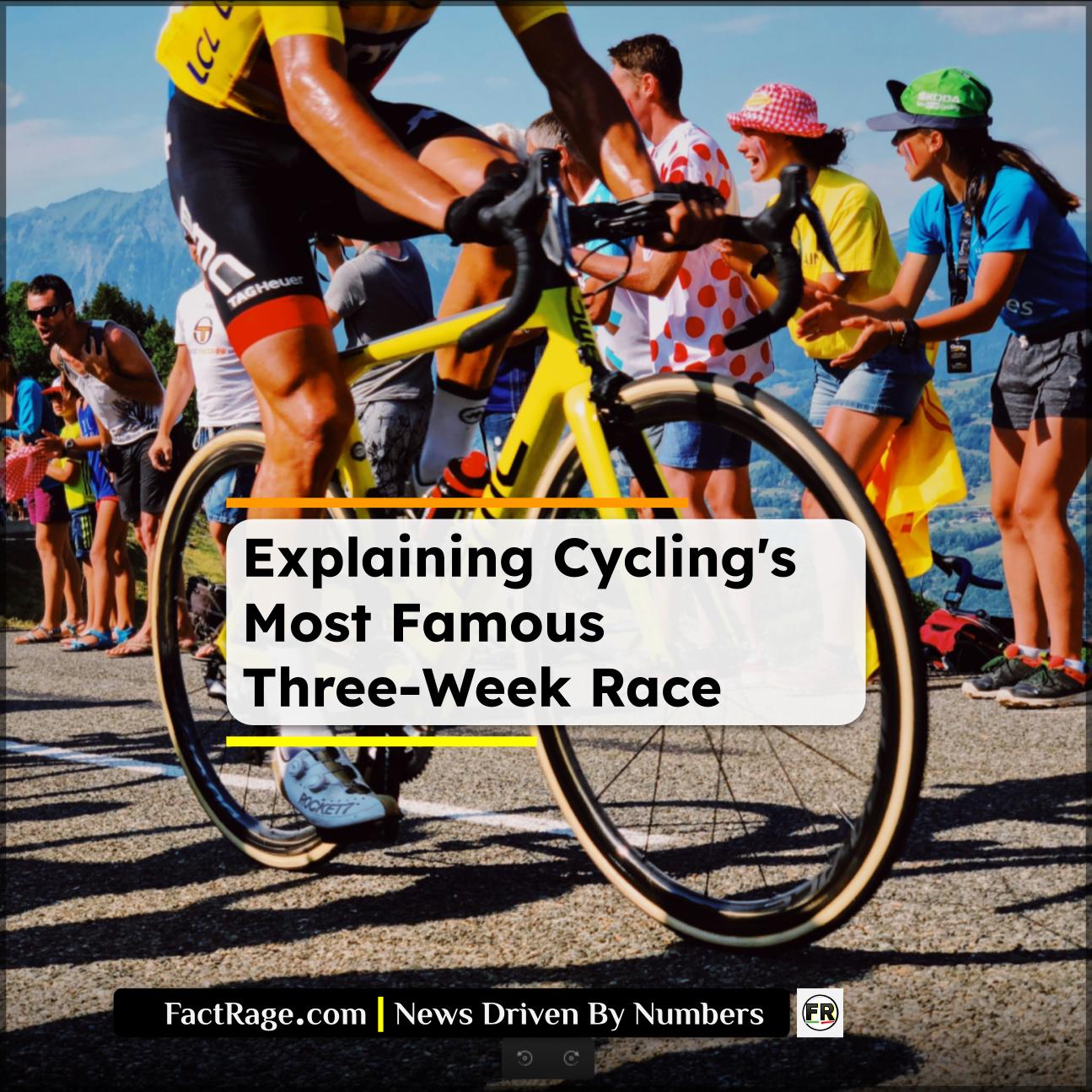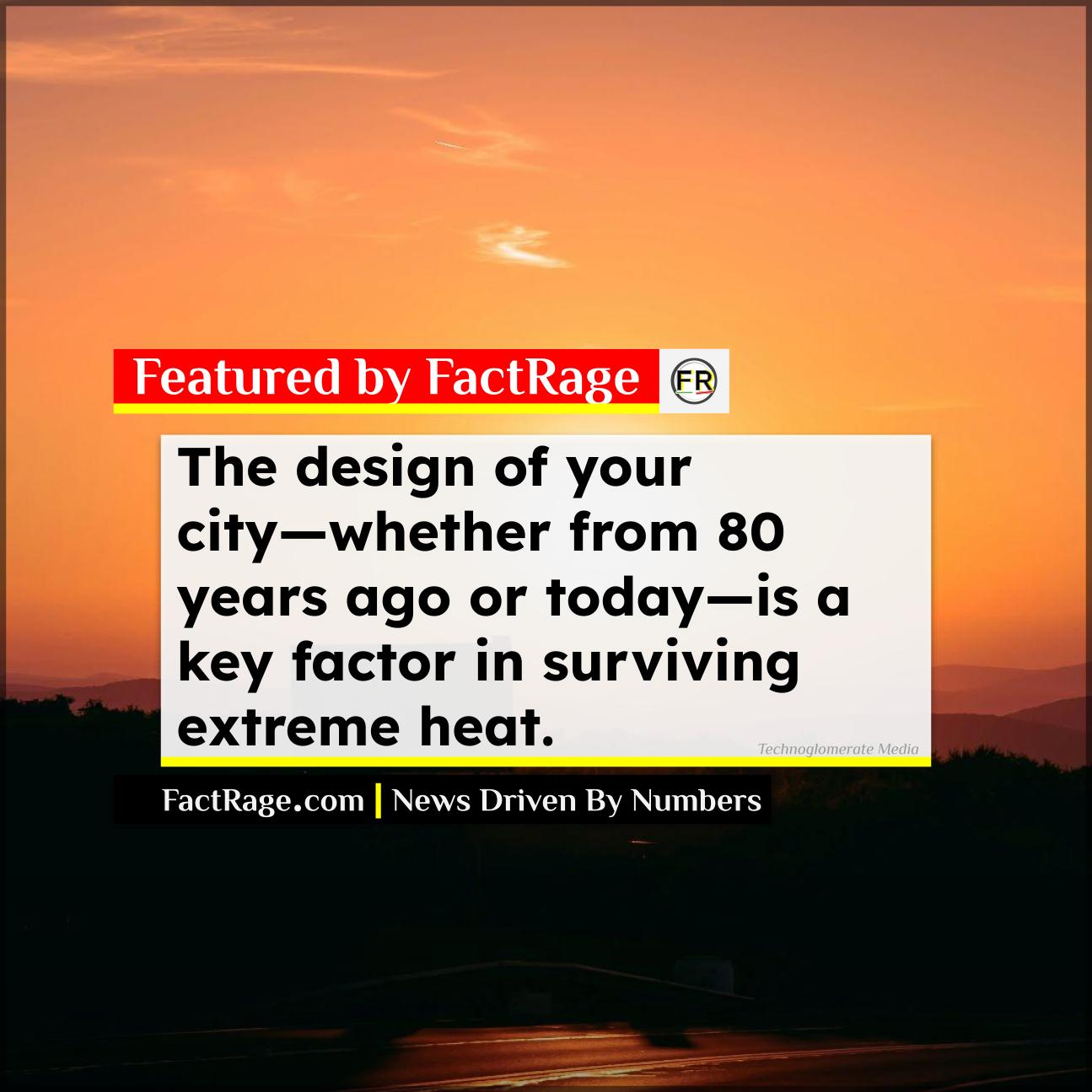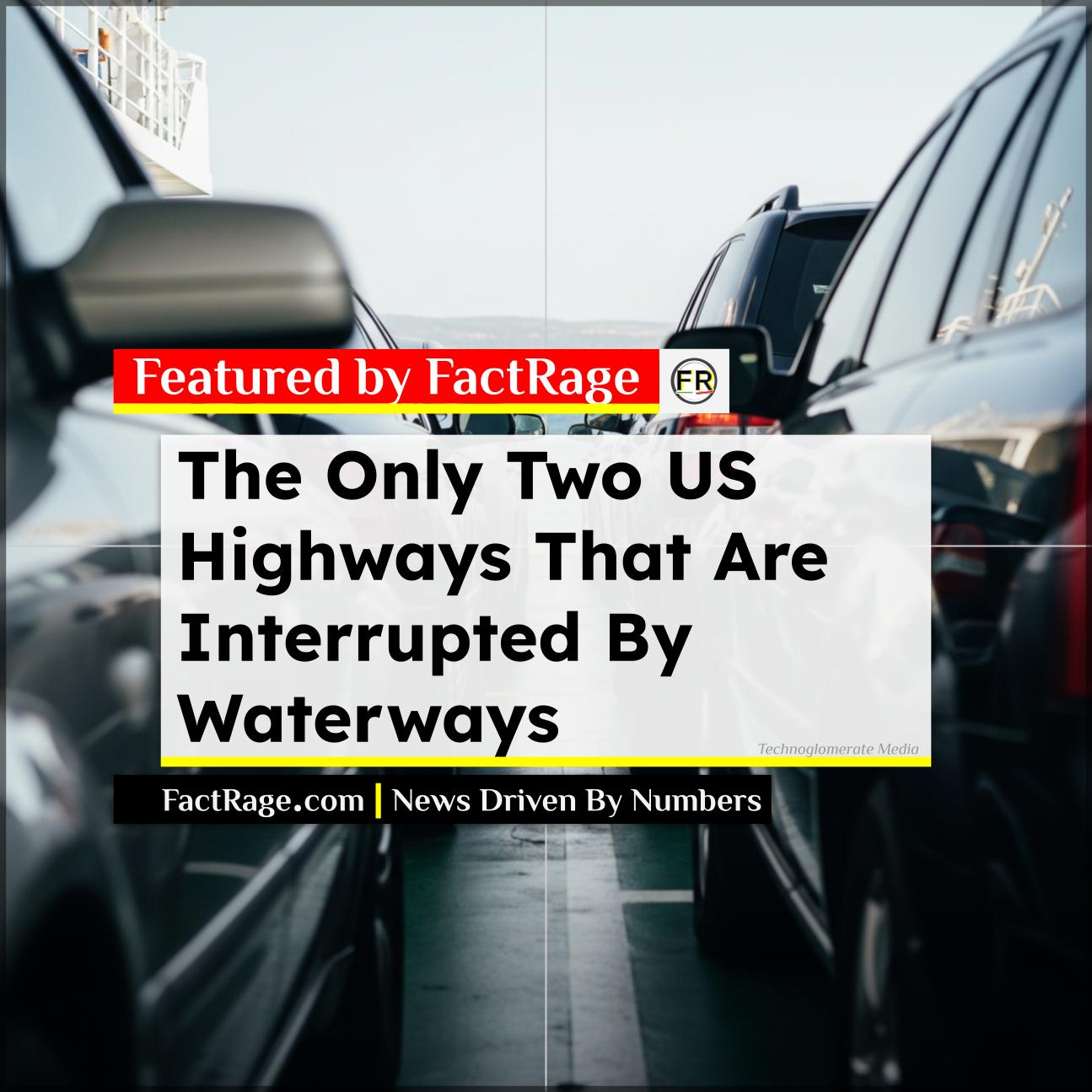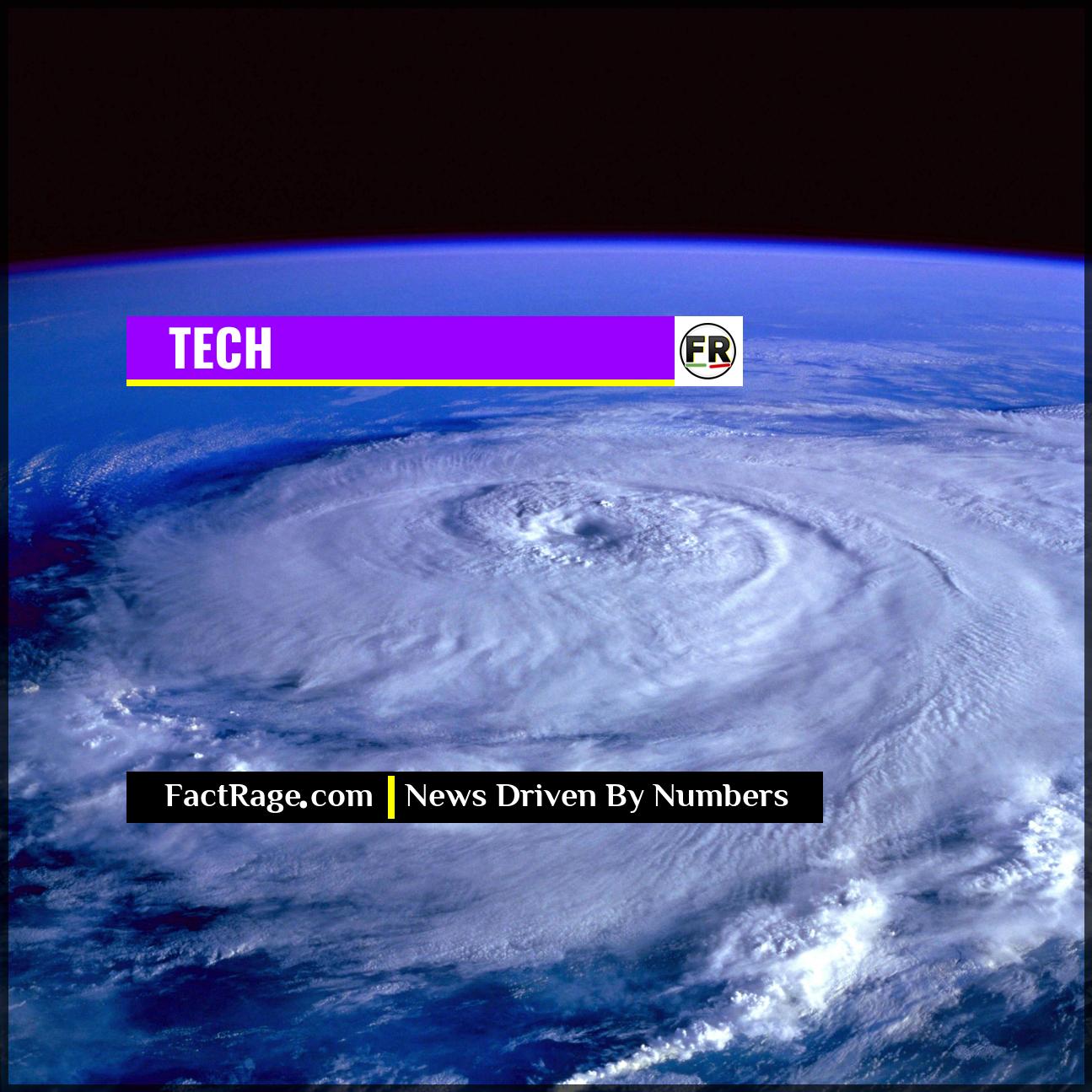VIENNA, AUSTRIA – The International Atomic Energy Agency (IAEA) has once again reported that Iran is increasing its stockpile of highly enriched uranium, escalating international concerns over the nature and trajectory of its nuclear program.
- Increased Enrichment – Iran continues to produce and stockpile uranium enriched to 60% purity, a level that is a short technical step from the 90% considered weapons-grade.
- Monitoring Gaps – The IAEA reports its monitoring and verification activities remain seriously affected by Iran’s decision to remove surveillance equipment, creating gaps in the agency’s knowledge.
- Diplomatic Stalemate – These technical developments come amid a protracted diplomatic deadlock, years after the collapse of the 2015 Joint Comprehensive Plan of Action (JCPOA) nuclear deal.
The confidential quarterly reports from the UN’s nuclear watchdog provide a technical, data-driven look into a program at the center of global diplomacy. Understanding the science behind the report’s key terms is crucial to grasping the stakes for international security.
What Does ‘Uranium Enrichment’ Actually Mean?
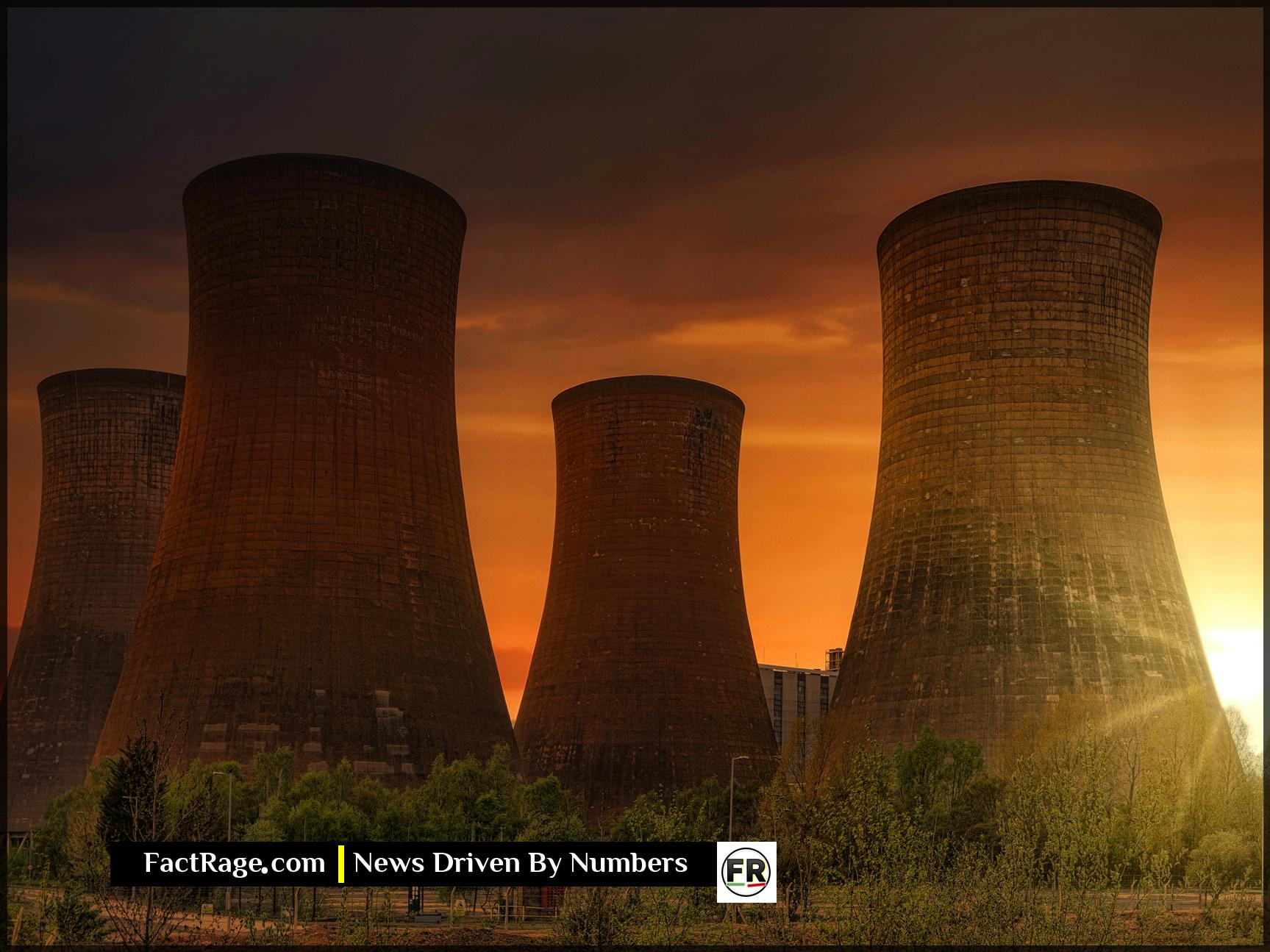
At its core, uranium enrichment is a process of concentration. Natural uranium mined from the earth consists of two main isotopes: over 99% is Uranium-238, and a tiny fraction, about 0.7%, is Uranium-235. It is the U-235 isotope that is “fissile,” meaning it can sustain the type of nuclear chain reaction needed for both power generation and nuclear weapons.
Enrichment uses high-speed centrifuges to separate the lighter U-235 from the heavier U-238, gradually increasing the U-235 concentration. The level of enrichment determines its use:
- Up to 5%: Low-enriched uranium (LEU) is sufficient for fuel in most commercial nuclear power plants.
- Up to 20%: This level is used for fuel in some research reactors and to produce medical isotopes. Iran has previously used this as a justification for its enrichment activities.
- Around 90%: Highly enriched uranium (HEU) is considered weapons-grade, the primary fissile material for a nuclear bomb.
The key scientific point of concern is that the enrichment process is not linear. Reaching 60% purity, the level Iran is producing, constitutes the vast majority of the technical effort required to get to 90%. The final steps to weapons-grade are comparatively rapid.
What Did the IAEA Report Actually Find?
According to the latest confidential reports circulated to member states, the IAEA has verified that Iran’s stockpile of uranium enriched to 60% has grown. While the rate of production may fluctuate, the total amount remains significant—enough material, if enriched further, for multiple nuclear weapons. IAEA Director General Rafael Grossi has publicly stated that the agency has “lost continuity of knowledge” on key aspects of Iran’s program.
This is due to Iran’s 2021 decision to stop implementing its obligations under the JCPOA, which included the removal of IAEA cameras and monitoring devices from many nuclear facilities. While inspectors are still present in the country, their ability to provide a complete picture of all nuclear material and activities is, by the agency’s own admission, compromised. The primary question the IAEA cannot fully answer is whether all of Iran’s centrifuge and enrichment activities are accounted for and declared.
What Are the Security and Diplomatic Implications?
The technical findings directly impact geopolitical calculations. The central metric often discussed by analysts is “breakout time”—the theoretical amount of time Iran would need to produce enough weapons-grade uranium for one bomb. A larger stockpile of 60% enriched uranium drastically shortens this potential timeline from months to a matter of weeks, or even less.
This shrinking timeline raises the stakes for diplomats and military planners in the West and in regional powers like Israel and Saudi Arabia. For its part, Iran has consistently maintained that its nuclear program is exclusively for peaceful purposes and has called the IAEA’s stance politicized.
With the 2015 JCPOA deal effectively defunct following the U.S. withdrawal in 2018 and Iran’s subsequent escalation of its program, there is currently no diplomatic framework in place to contain it. The IAEA’s reports serve as the primary, albeit incomplete, factual basis for an international community weighing the risks of a nuclear-capable Iran against the challenges of renewed diplomacy or other forms of intervention.

